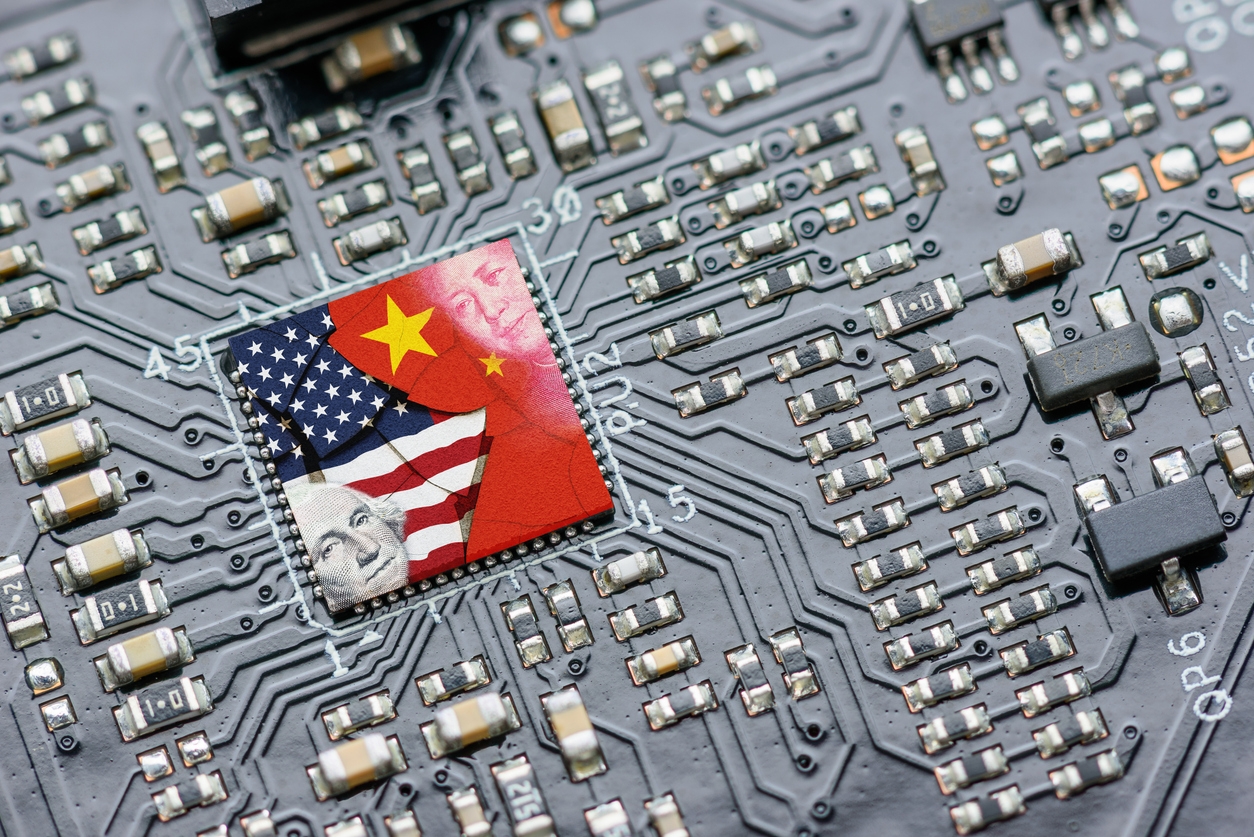NVIDIA Releases Edge AI "Commander"

NVIDIA (Nasdaq: NVDA) has announced general availability of a subscription-based artificial intelligence (AI) management solution for enterprises looking to smarten up edge applications.
The product, NVIDIA Fleet Command, highlights the priority NVIDIA is giving to AI, as well as the shift among AI processor vendors to support enterprises looking to add intelligence to Internet of Things (IoT) or industrial IoT (IIoT) applications.
NVIDIA Fleet Command works with servers based on NVIDIA chips and networking components to provision and control AI applications in remote sites from central locations. It is also compatible with NVIDIA Base Command, a cloud-based software-as-a-service (SaaS) for AI workloads. And it works with another new service, NVIDIA AI LaunchPad, wherein hybrid cloud providers -- Equinix (Nasdaq: EQIX) will be first -- connect enterprise customers with all NVIDIA AI solutions over their infrastructure. The point is to reduce the significant burden that AI puts on centralized servers, while increasing the efficiency of deploying intelligence at the edge.
AI Gets Edgy
NVIDIA’s move is part of a growing trend toward edge AI, in which remote devices and sensors are equipped with machine learning and other AI technologies in order to streamline Iot/IIoT applications in retail, factories, automotive, and smart cities. Intelligent cameras, for instance, can be trained to identify anomalies in products on assembly lines and report these back to a given location. Reports from traffic cams in smart cities can be coordinated to manage traffic flows. Online retailers can use intelligent sensors to track and stock fulfillment centers.
NVIDIA Makes AI a Priority
Today’s news shows that while AI at the edge has become a battlecry for vendors and service providers worldwide, including the big cloud providers, it’s also become a priority for NVIDIA. “It’s very clear that the world of computing is changing, that accelerated computing is making a contribution, and one of the most important applications is AI,” NVIDIA CEO Jensen Huang told VentureBeat in a recent interview.
And during NVIDIA’s latest quarterly earnings call with financial analysts, Huang stressed the importance of AI at the edge:
“We're democratizing AI, we'll bring it out of the cloud, we'll bring it to enterprises and we'll bring it out to the edge. And the reason for that is because the vast majority of the world at the automation that has to be done has data that has data sovereignty issues or data rate issues that can't move to the cloud easily. And so we have to move the computing to the premise and oftentimes, all the way up to the edge.”
Growing Competition for AI at the Edge
NVIDIA’s thrown its hat into a widening ring. Competitors also have edge AI solutions, including AMD (Nasdaq: AMD), Intel (Nasdaq: INTC), Qualcomm (Nasdaq: QCOM), and Xilinx (Nasdaq: XLNX),
Startups in this space abound as well. These include Graphcore, founded in 2016 in Bristol, U.K., which now counts Dell (NYSE: DELL) and Microsoft (Nasdaq: MSFT) among customers of its IPU AI processor. Those two are also among Graphcore’s 22 investors, which also include Bosch, Sequoia, and BMW Ventures. To date, the company has raised over $680 million and is valued at roughly $2.77 billion.
Hailo, founded in Tel Aviv in 2017, offers the Hailo-8 Edge AI Processor and accompanying products, all designed for automotive, smart city, smart home, smart retail, and industrial applications. Hailo has raised $88 million in two rounds of funding from ABB Technology Ventures, NEC Corp., and VC Latitude Ventures.
Another company, Sima.ai, specializes in embedded machine learning and computer vision via its system-on-a-chip. The company announced Series B financing of $80 million in May 2021, led by Fidelity Management & Research Company with participation from Dell Technologies Capital, among others. The company has garnered $120 million since its founding in 2018.
All this activity means more news is no doubt on the way. As the edge plays an ever-greater role in enterprise networks, especially with the advent of 5G, it will be vital to relieve the burden on central servers by taking as much processing as possible to local sites. With NVIDIA and its rivals in the mix, expect to see much action in the near future.


















